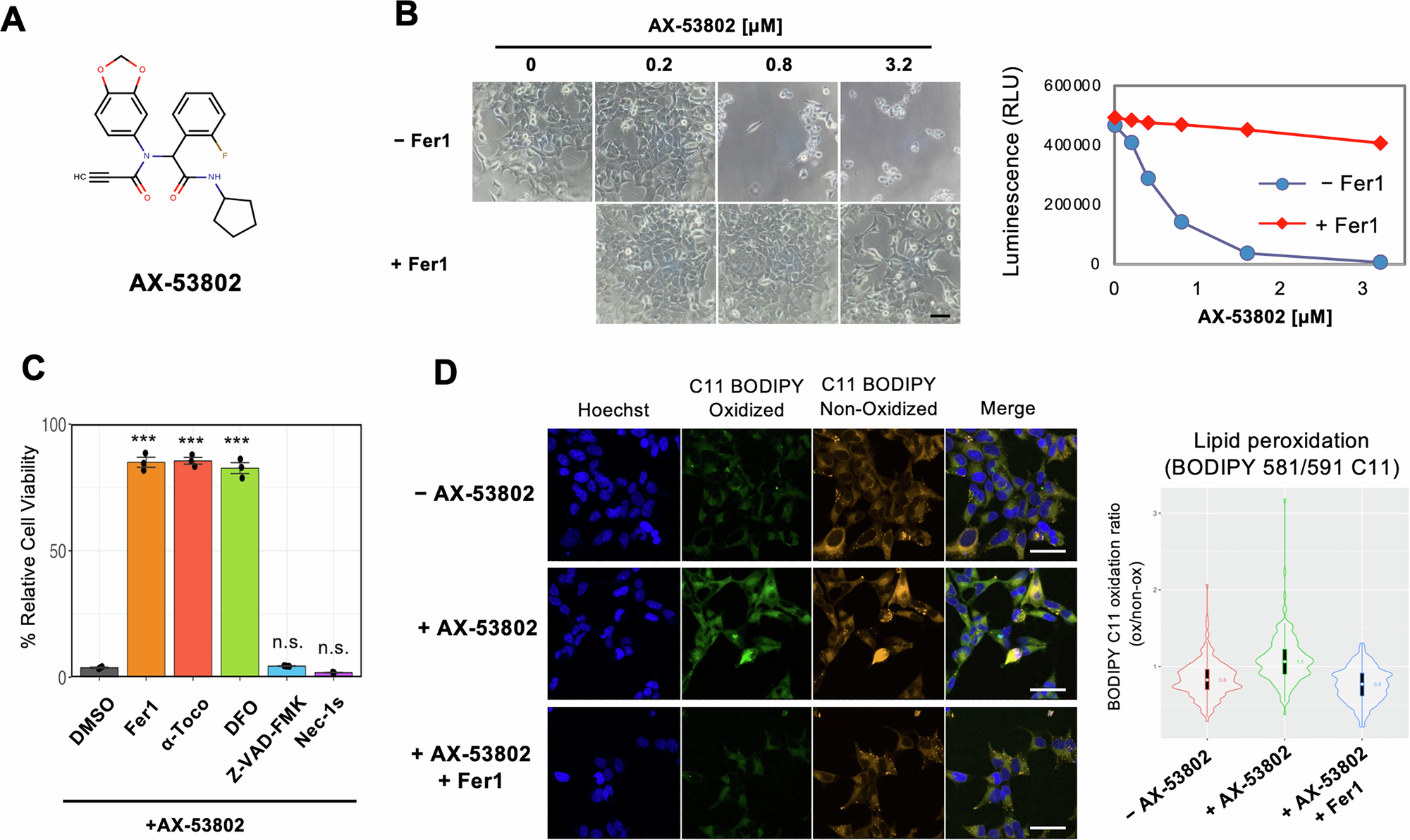2025-03-31 東京科学大学
<関連情報>
- https://www.isct.ac.jp/ja/news/l8g3dhse18zv
- https://www.isct.ac.jp/plugins/cms/component_download_file.php?type=2&pageId=&contentsId=1&contentsDataId=1145&prevId=&key=83534abb4a6ab8343be606fc92243677.pdf
- https://www.nature.com/articles/s42003-025-07886-3
タンパク質共分散ネットワークによるフェロプターシス誘導機構と相乗的創薬ターゲットの可能性の解明 Protein covariation networks for elucidating ferroptosis inducer mechanisms and potential synergistic drug targets
Rina Kunishige,Yoshiyuki Noguchi,Naomi Okamoto,Lei Li,Akito Ono,Masayuki Murata & Fumi Kano
Communications Biology Published:31 March 2025
DOI:https://doi.org/10.1038/s42003-025-07886-3

Abstract
In drug development, systematically characterizing a compound’s mechanism of action (MoA), including its direct targets and effector proteins, is crucial yet challenging. Network-based approaches, unlike those focused solely on direct targets, effectively detect a wide range of cellular responses elicited by compounds. This study applied protein covariation network analysis, leveraging quantitative, morphological, and localization features from immunostained microscopic images, to elucidate the MoA of AX-53802, a novel ferroptosis inducer. From the candidate targets extracted through network analysis, GPX4 was verified as the direct target by validation experiments. Additionally, aggregates involving GPX4, TfR1, and F-actin were observed alongside iron reduction, suggesting a ferroptosis defense mechanism. Furthermore, combination therapies targeting GPX4 and FAK/Src were found to enhance cancer cell death, and MDM2, ezrin, and cortactin were identified as potential ferroptosis inhibitor targets. These findings highlight the effectiveness of network-based approaches in uncovering a compound’s MoA and developing combination therapies for cancer.


